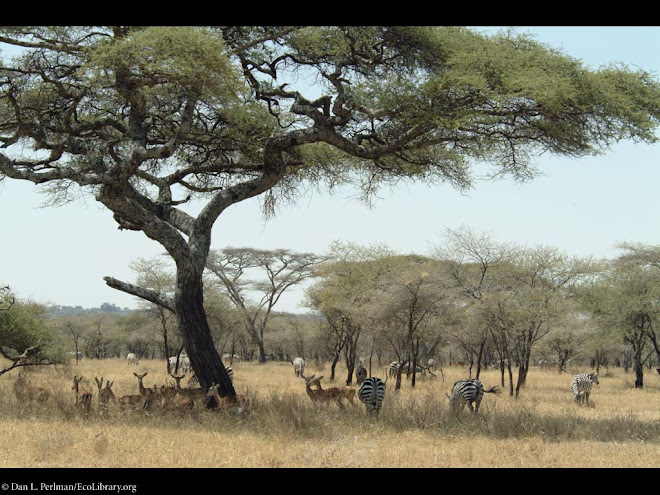Data Table for Tanzania
GDP- $54.38 billion
GDP real growth- 7.10%
GDP per capital- $1,400
Population living below the poverty line- 36% as of 2002
Life Expectancy- 52.01 years
Adult Literacy- 69.4%
Birth Rate- 34.29 births/ 1000 people
Death Rate- 12.59/ 1000 people
Population Growth Rate (ranked 56th)- 2.04%
Age Structure- 0-14 years (43%), 15-64 years (54.1%),and 65 years and older (2.9%)
Analysis of Data Table of Tanzania
Tanzania is ranked 88th in GDP compared to the world and is very much considered a low- income country based on its per capita GDP of a staggering low of 1,400 dollars compared to a first-world country like United States that has a per capita income of a staggering $ 46,000. Another interesting reward to look at is the life expectancy rate which is about 52 years which is considered very low as ranked as the 203rd highest country out of the 224 countries listed on the CIA World Fact book. Many African countries are listed in the low life expectancy rate due to their high level of poverty in the area. According to the CIA World Factbook in 2002, Tanzania suffered from 36% of people under the poverty line which continues to be an issue till today. The issue continues to hamper people’s lives in Tanzania as more healthcare and education are still at dangerous lows compared to other sub-Saharan countries. According to Afrol News, Tanzania’s strong real GDP growth in the last three years had led to growth between the decade of 1990’s and the 2000’s. According to household budget surveys, poverty had only slightly decreased yet nevertheless the poverty rate had decreased due to Tanzania’s recent boost in economic performance backed by its manufacturing and construction sectors. An example of this manufacturing sector includes the new technology to industrialize the food and beverage market more productively. Another detail of this agricultural processing that Tanzania specializes is how this new technology has kept the industrial growth rate for Tanzania at 9.1%. According to the other 168 countries on the CIA World Fact Book, Tanzania is ranked at a high of 16th. An increase exploration in the construction industry has led them to invest in their infrastructure as I will talk about in a later section. An example of a city in Tanzania that had growth in the economic sector was Dar es Salaam where poverty decreased from 28 percent to 18 percent in a decade due to growth performance. Another thing to look in the data table is the population growth rate which is at 2.04% which is ranked 56th in the world. Looking at the list of countries, more prominent and stable countries such as the United States and England are at the bottom of the list with very low population growth rates. Population growth rates seem to be declining as a result GDP per capita is on the up rise. This inverse relationship exists because high population growth has inhibited economic development. This occurs because high population growth occurs in increasing poverty levels as more health problems and less education is available for a country. As population growth stabilizes, more resources will be able to help more people. As 201st in GDP per capita, it is interesting to see how the quality of life connects in Tanzania. Because of the high population under the poverty line, there is still a low quality of life in Tanzania where unstable populations exist and its birth rates and death rates are amongst the highest in the world. The birth rates and death rates have been decreasing showing more stability in the economic market because of rising GDP and growth in the sectors of manufacturing and construction. Progress to a higher quality of life is a goal for the Tanzanian government as more education programs and healthcare programs are introduced so this quality increases. Another interesting fact is how many people live with AIDS and HIV which is about 1.4 million people as leading 6th in world. AIDS and HIV hinder economic growth because of how this virus can spread very rapidly through a country causing more resources to help this kind of problem. The issues that third-world countries deal with are spending money efficiently. This money can be used to help other systems in despair like the health system or the education system. This is why the death rate has been so high in recent years compared to other countries. Future health programs will try to eliminate these deaths but education and healthcare will be long-term implemented economic policies that will hopefully foster these numbers. In Tanzania, the adult literacy rate is at 70% but economists are hoping after education policies are passed through, the literacy rate will dramatically increase in the future.
Wednesday, December 9, 2009
Subscribe to:
Post Comments (Atom)


No comments:
Post a Comment